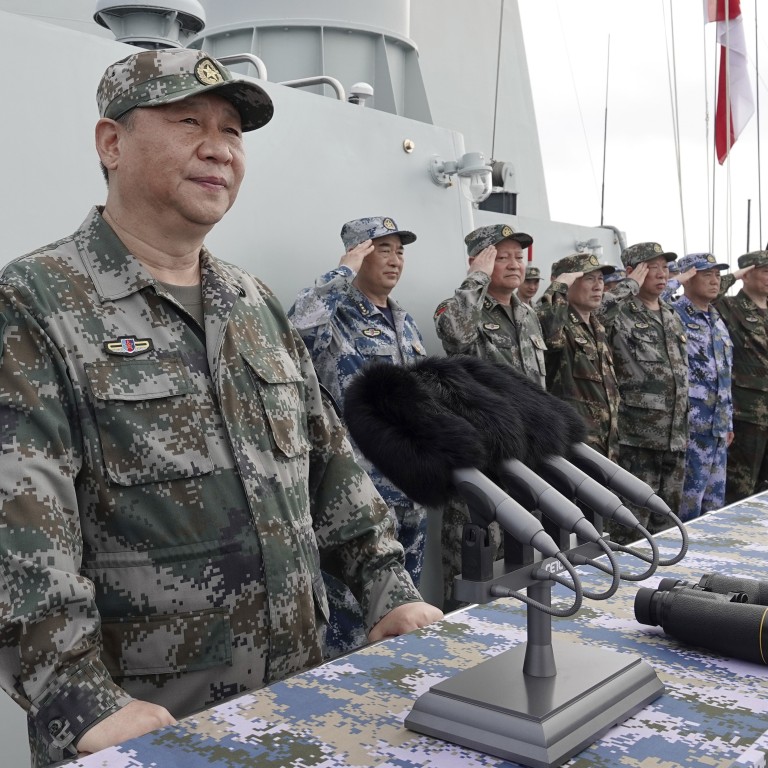
US-China rivalry: top US marine calls for redistribution of Pacific assets as PLA’s power grows
- ‘We have to spread out … to deter forces like the PLA,’ US Marine Corps Commandant David Berger tells conference
- Current deployment was designed to deal with problems on Korean peninsula but is ‘not a good laydown for 10 years from now or 20 years from now’, he says
“We have to spread out,” he said. “We have to factor in Guam. We have to have a disbursed, distributed laydown in the Pacific that allows us to work with all the partners and allies and deter forces like the PLA from asserting themselves in a manner that tries to rewrite the global norms that have been well established in the past 70 years. So, our posture must change.”
The existing deployment – which has been in place since the end of the Korean war – was designed to be able to respond to possible crises on the Korean peninsula but had become outdated in the era of a modernised PLA, he said.
“It’s not a good laydown for 10 years from now or 20 years from now. We need to look at it again.”
The new strategy should be to distribute forces over a wider area and spread out potential targets to make it more difficult for the Chinese to attack them, he said.

South China Sea: the dispute that could start a military conflict
Chinese military commentator Zhou Chenming said that while Berger’s comments were reasonable, they would be difficult to implement for both financial and diplomatic reasons.
“The proposed new bases would cost tens of billions of dollars at least, so given the timing, just before the [US presidential], the marines chief is probably just asking for more budget,” he said.
“Also, the US’s allies in the region are taking a more cautious approach to hosting its bases, which could mean more trouble.”
Furthermore, if the military facilities were spread across a bigger area, their shared defences against incoming attack would be diluted,” Zhou said.
“So it shouldn’t bother the PLA too much.”

